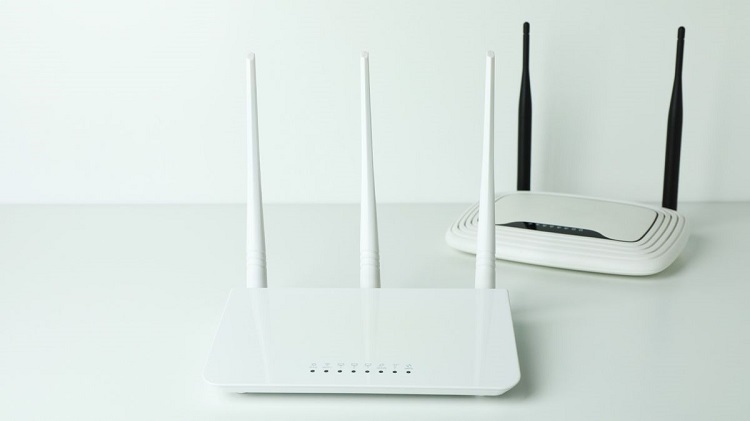A Comprehensive Guide to Types of Checks

In the realm of financial transactions, checks have long been a fundamental instrument, facilitating the smooth flow of money between individuals and businesses. Over the years, checks have evolved, diversifying into various types to meet the specific needs and preferences of users. In this article, we delve into the different types of checks, exploring their features, advantages, and common use cases.
- Bearer Checks: One of the simplest forms of checks, bearer checks are payable to the person possessing the check, often identified as “cash” or “bearer.” The absence of a designated payee makes bearer checks inherently risky, as they can be cashed by anyone presenting the document. Due to their high susceptibility to theft and fraud, bearer checks are becoming less common in modern banking practices.
- Order Checks: In contrast to bearer checks, order checks are payable only to the person or entity named on the check. The payee’s name is explicitly stated on the “pay to the order of” line, ensuring that only the intended recipient can cash or deposit the check. This type of check is more secure, reducing the risk of unauthorized individuals accessing the funds.
- Certified Checks: Certified checks offer an additional layer of security as they are guaranteed by the issuing bank. The bank verifies the availability of funds in the payer’s account and sets aside the specified amount to cover the check. Once certified, the check becomes a secure form of payment, assuring the payee that the funds are guaranteed by the bank.
- Cashier’s Checks: Similar to certified checks, cashier’s checks are issued by banks and are considered highly secure. The funds are drawn directly from the bank’s account, and the check is typically used for large transactions. Cashier’s checks are favored in real estate transactions and other situations where a secure form of payment is required.
- Personal Checks: Personal checks are the most common type used in everyday transactions. Issued by individuals, these checks draw funds directly from the payer’s personal checking account. They typically include the payer’s name, account number, and bank information. While convenient, personal checks may take longer to clear, especially in comparison to certified or cashier’s checks.
- Business Checks: Specifically designed for commercial transactions, business checks include the company’s name and business address. These checks often come with additional security features, such as watermarks and holograms, to prevent fraud. Business checks are a crucial tool for managing finances within a corporate framework.
- Post-Dated Checks: Post-dated checks bear a future date, indicating that the check should not be cashed until that date arrives. This type of check is often used for delayed payments or to provide assurance that funds will be available at a later time. However, it is crucial for both parties to adhere to the agreed-upon date to avoid potential complications.
- Stale-Dated Checks: Checks are considered stale-dated when they remain uncashed for an extended period, typically six months to a year. Banking regulations vary, but many financial institutions may refuse to honor stale-dated checks, requiring the payee to request a new check from the payer.
- Crossed Checks: Crossed checks feature two parallel lines across the top left corner, indicating that the check must be deposited into a bank account rather than cashed over the counter. This security measure helps prevent theft and ensures that the funds are directly credited to the payee’s account.
- Traveler’s Checks: Designed for individuals on the move, traveler’s checks offer a secure alternative to carrying large sums of cash. Issued by financial institutions, these checks are preprinted with the payer’s signature and are replaceable if lost or stolen. Traveler’s checks are widely accepted worldwide, providing a convenient option for those exploring different regions.
Conclusion:
The world of checks is diverse and adaptable, catering to the varied needs of individuals, businesses, and financial institutions. From the simplicity of bearer checks to the security of certified and cashier’s checks, each type serves a specific purpose in facilitating financial transactions. Understanding the nuances of these check types empowers individuals and businesses to choose the most suitable option for their unique financial needs, ensuring the safe and efficient transfer of funds in an ever-evolving financial landscape.
- What is the difference between bearer checks and order checks?
Bearer checks are payable to the person possessing the check, while order checks are payable only to the person or entity named on the check. Order checks provide an added layer of security by specifying the payee.
- What makes certified checks secure?
Certified checks are guaranteed by the issuing bank, which verifies the availability of funds in the payer’s account and sets aside the specified amount to cover the check. This assurance makes certified checks a secure form of payment.
- How do cashier’s checks differ from certified checks?
Cashier’s checks are issued by banks and draw funds directly from the bank’s account, while certified checks are drawn on the payer’s account and guaranteed by the bank. Both are considered secure forms of payment, often used in large transactions.
- What information is typically found on personal checks?
Personal checks include the payer’s name, account number, and bank information. They draw funds directly from the payer’s personal checking account and are commonly used in everyday transactions.
- What distinguishes business checks from personal checks?
Business checks are designed for commercial transactions and include the company’s name and business address. They often have additional security features to prevent fraud and are crucial for managing finances within a corporate framework.
- Why do people use post-dated checks?
Post-dated checks bear a future date and are often used for delayed payments or to ensure that funds will be available at a later time. They provide a level of assurance to the payee regarding the timing of the payment.
- What happens if a check becomes stale-dated?
Stale-dated checks, those remaining uncashed for an extended period, may not be honored by some financial institutions. In such cases, the payee may need to request a new check from the payer.
- What is the significance of crossed checks?
Crossed checks feature two parallel lines across the top left corner, indicating that the check must be deposited into a bank account rather than cashed over the counter. This helps prevent theft and ensures direct crediting to the payee’s account.
- How do traveler’s checks work?
Traveler’s checks are preprinted with the payer’s signature and are issued by financial institutions. They provide a secure alternative to carrying cash, are replaceable if lost or stolen, and are widely accepted worldwide.
- Can anyone cash a bearer check?
Yes, bearer checks are payable to the person possessing the check and can be cashed by anyone presenting the document. However, due to the high risk of theft and fraud, bearer checks are becoming less common in modern banking practices.





